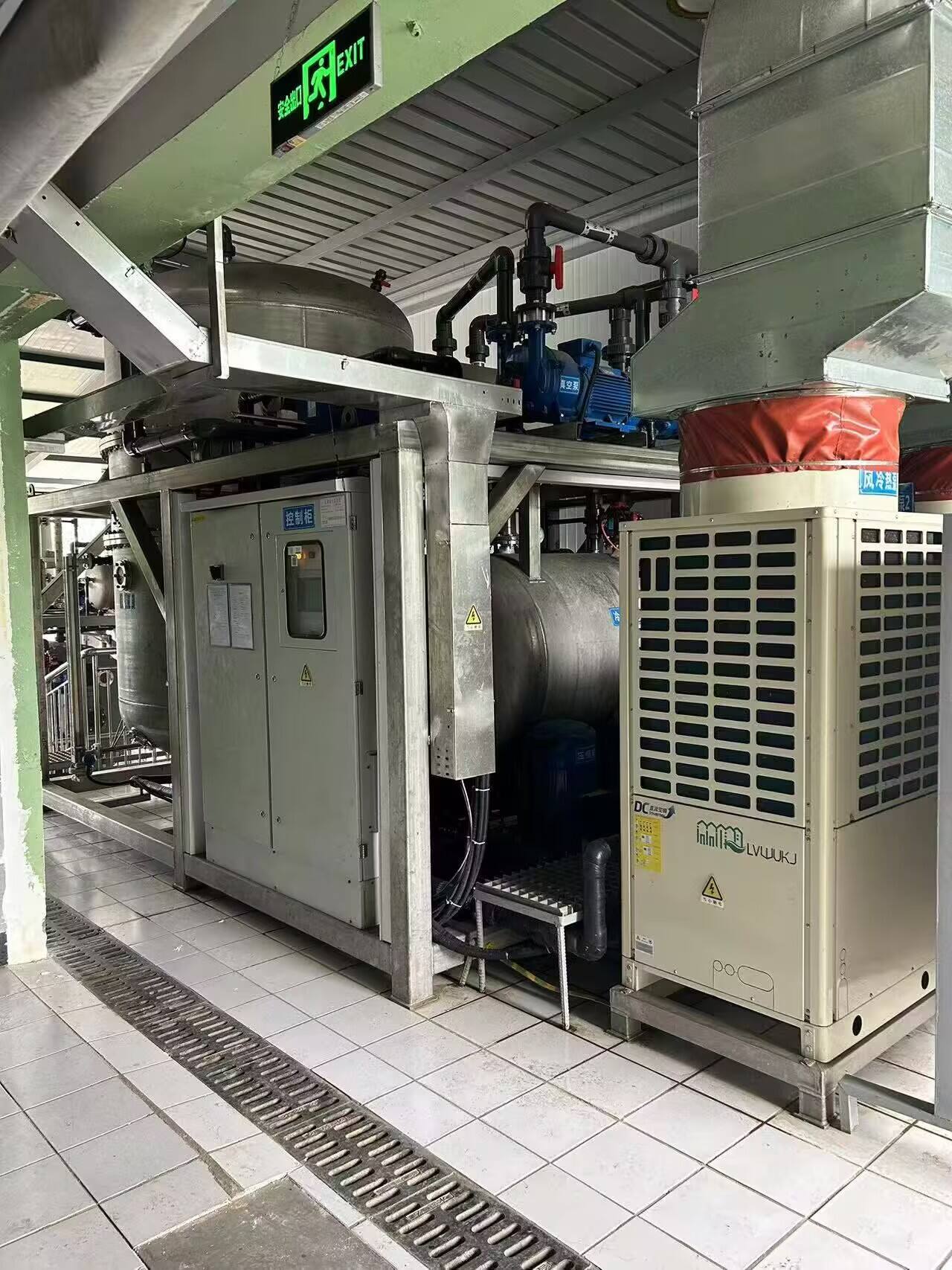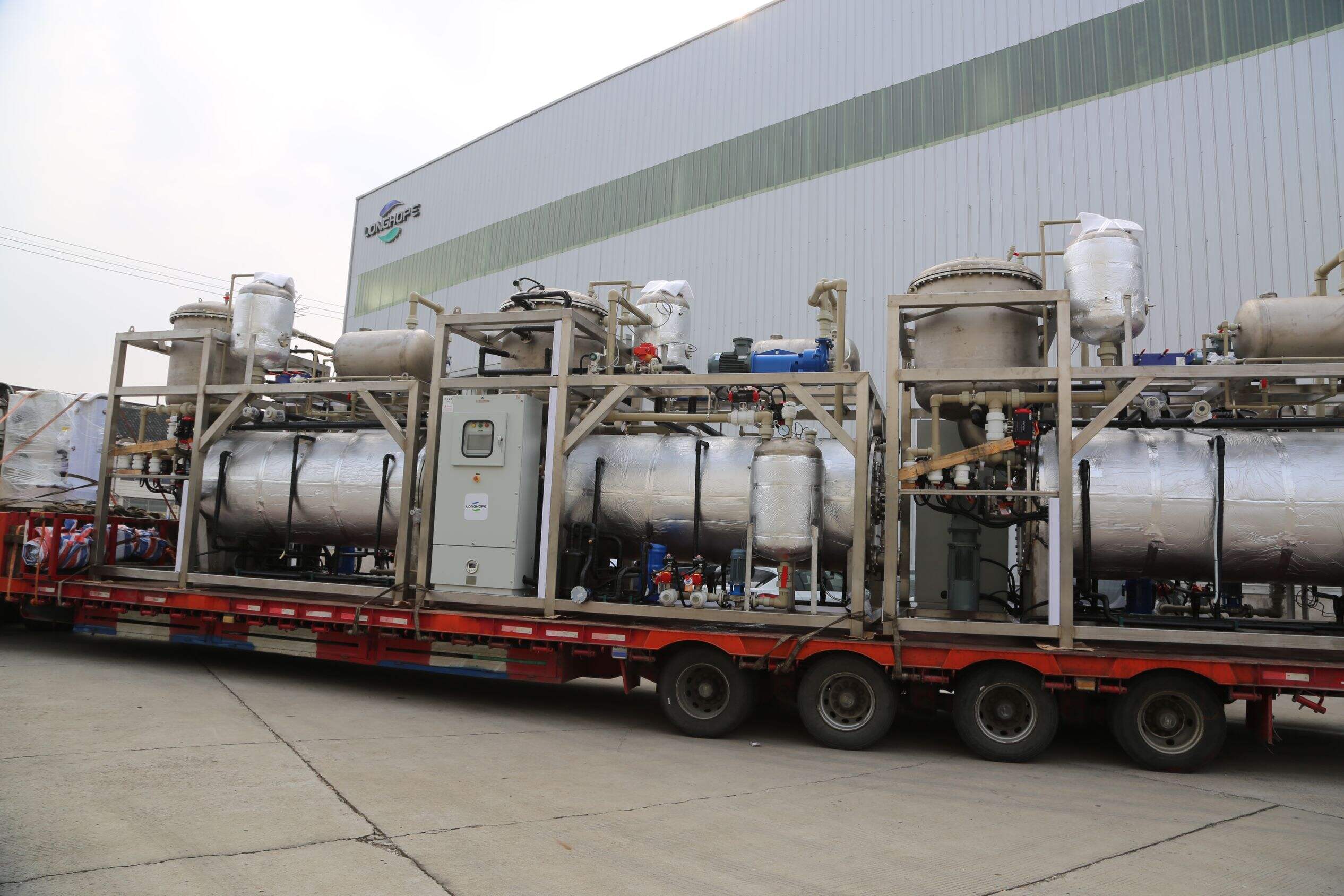industrial effluent treatment system
Industrial effluent treatment systems are sophisticated installations designed to process and purify wastewater generated from manufacturing and industrial processes. These systems employ a combination of physical, chemical, and biological treatment methods to remove contaminants and ensure water quality meets environmental standards. The primary functions include the removal of suspended solids, organic compounds, heavy metals, and other pollutants through processes such as screening, sedimentation, filtration, and biological treatment. Advanced systems incorporate automated monitoring equipment, pH control mechanisms, and real-time analysis capabilities to maintain optimal treatment conditions. The technology features modular designs that can be customized to specific industry requirements, whether for chemical manufacturing, food processing, textile production, or pharmaceutical operations. These systems typically include primary treatment for removing large particles, secondary treatment for biological processing, and tertiary treatment for final polishing. Modern industrial effluent treatment systems also emphasize water recovery and recycling capabilities, helping industries reduce their environmental footprint while complying with increasingly stringent regulations. The applications extend across various sectors, from heavy industry to light manufacturing, offering scalable solutions that can handle different flow rates and contaminant profiles.


